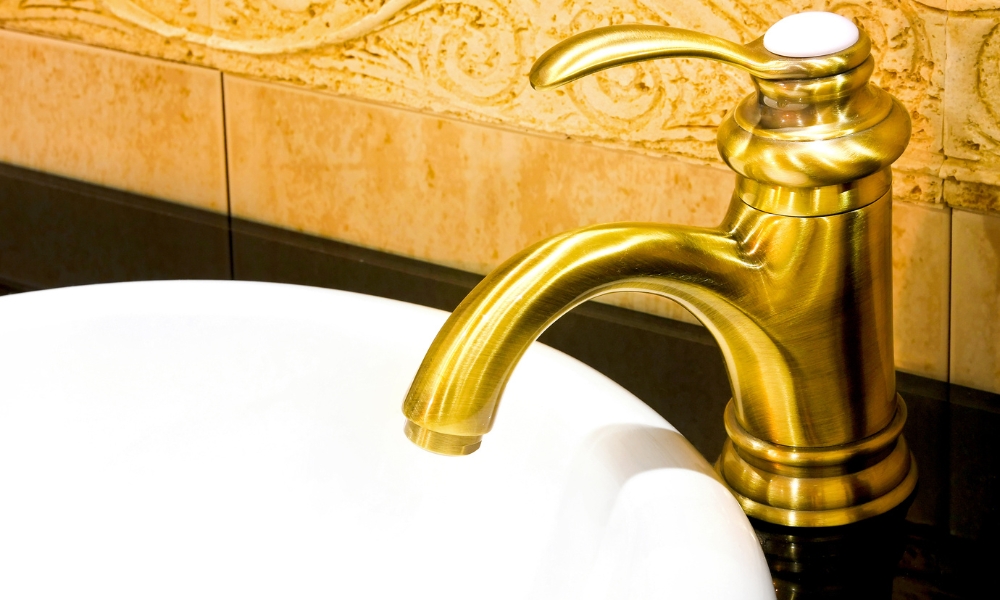Brass faucets are a timeless addition to any bathroom or kitchen, offering a touch of elegance and a warm, inviting glow. However, over time, brass can tarnish and lose its luster due to exposure to air, water, and daily use. Proper clean and maintenance are essential to keep your brass faucet looking their best. This comprehensive guide will walk you through the steps and tips for cleaning Metal faucets, ensuring they remain beautiful and functional for years to come.
What is the best way to clean brass faucets?
The best way to clean brass faucets is to start with gentle cleaning using mild dish soap and warm water. For light tarnish, use a paste of baking soda and lemon juice. For stubborn tarnish, a vinegar and salt solution works well. If these methods are not effective, you can use a commercial Metal cleaner.
How often should I clean my brass faucets?
Regular maintenance is key to keeping brass faucets in good condition. Wipe them down with a dry cloth after each use to prevent water spots and mineral buildup. For more thorough cleaning, aim to clean them every few weeks, or as needed, depending on their appearance and use.
Understanding Brass
Before diving into the cleaning process, it’s important to understand the material you’re working with. Brass is an alloy of copper and zinc, known for its durability and aesthetic appeal. However, brass is also prone to oxidation, which can cause tarnishing. There are two types of metal finishes:
- Lacquered Brass: This type has a protective coating to prevent tarnish.
- Unlacquered Brass: This type will naturally tarnish over time, developing a patina that many find appealing.
Identifying whether your metal faucet is lacquered or unlacquered is crucial, as it will determine the cleaning methods and products you should use.
Materials Needed
To clean metal faucets effectively, you’ll need the following materials:
- Soft cloths or microfiber towels
- Warm water
- Mild dish soap
- Baking soda
- Lemon juice or white vinegar
- Salt
- Soft-bristled toothbrush
- Commercial brass cleaner (optional)
- Protective gloves (optional)
Step-by-Step Cleaning Process
1. Initial Assessment
Begin by assessing the condition of your brass faucet. If it’s only slightly dirty, a simple cleaning with soap and water might suffice. For heavily tarnished or oxidized metal, you’ll need to use more intensive cleaning methods.
2. Gentle Cleaning with Soap and Water
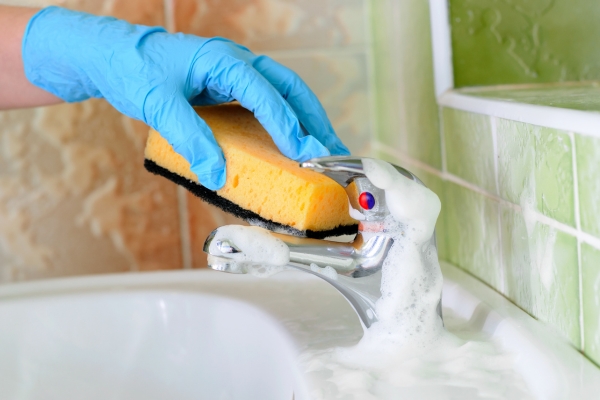
For routine cleaning and maintenance, gentle cleaning with soap and water is often sufficient. Begin by mixing a few drops of mild dish soap with warm water in a bowl. Dip a soft cloth or microfiber towel into the soapy water and gently wipe down the brass faucet. Be sure to pay attention to intricate details and crevices where dirt can accumulate. After wiping, rinse the cloth with Clean A Beer Tap Faucet water and remove any soap residue from the faucet. Finally, dry the faucet thoroughly with a clean towel to prevent water spots and maintain its shine.
3. Removing Light Tarnish with Baking Soda and Lemon Juice
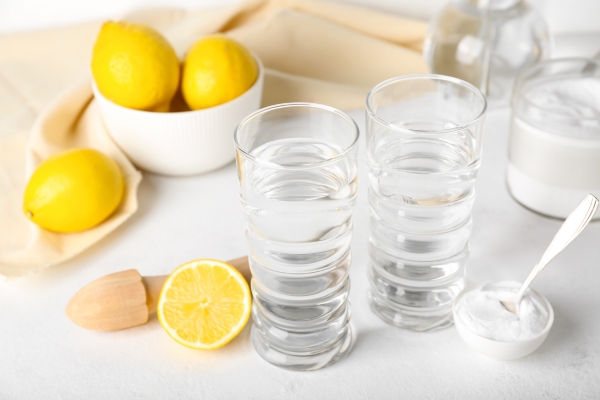
Brass faucets have developed light tarnish, a natural solution of baking soda and lemon juice can be very effective. Create a paste by mixing equal parts baking soda and lemon juice. Apply the paste to the tarnished areas using a soft cloth or your fingers, ensuring an even coating. Let the paste sit for about 10-15 minutes to allow it to break down the tarnish. Then, use a soft-bristled toothbrush to gently scrub the paste into the metal, focusing on the heavily tarnished spots. Rinse the faucet thoroughly with warm water to remove the paste, and dry it completely with a clean towel to reveal a renewed shine.
4. Tackling Stubborn Tarnish with Vinegar and Salt
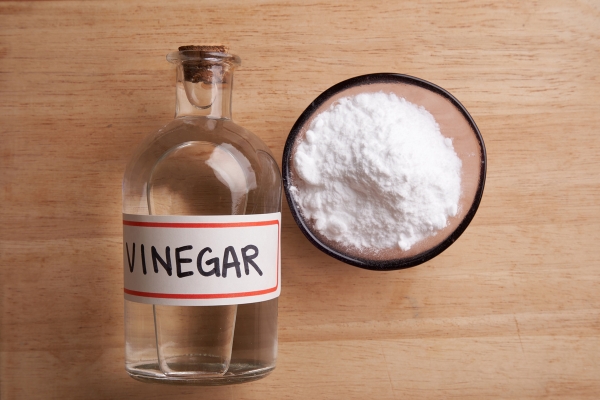
For more stubborn tarnish, a solution of vinegar and salt can be highly effective. Combine equal parts white vinegar and salt in a bowl, stirring until the salt dissolves. Dip a soft cloth or sponge into the solution and apply it to the tarnished areas of the faucet. Use a soft-bristled toothbrush to scrub the solution into the brass, utilizing the mild abrasiveness of the salt to lift the tarnish. Once the tarnish is removed, rinse the faucet thoroughly with warm water and dry it with a clean towel. This method is particularly useful for older or more neglected metal fixtures that have accumulated significant tarnish.
5. Using Commercial Brass Cleaners
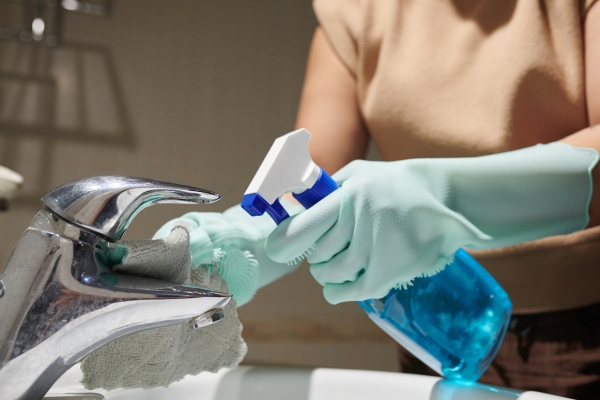
When natural methods are not sufficient, commercial brass cleaners can provide an effective solution. These products are specifically formulated to remove tarnish and restore the shine of metal surfaces. Apply a small amount of metal cleaner to a soft cloth and gently buff the faucet in a circular motion, focusing on the tarnished areas. Follow the manufacturer’s instructions carefully to avoid damaging the metal finish. After cleaning, rinse the faucet thoroughly with warm water to remove any cleaner residue, and dry it completely with a clean towel. Commercial brass cleaners can be particularly useful for heavily tarnished or intricate metal faucets that require more intensive cleaning.
Preventive Maintenance
Regular maintenance is key to keeping brass faucets looking their best and preventing tarnish buildup. After each use, it’s a good practice to wipe down the faucet with a dry, soft cloth to remove any water spots and prevent mineral deposits from forming. For added protection, applying a thin layer of wax specifically designed for metal can create a barrier against moisture and oxidation. Avoid using harsh chemicals, abrasive cleaners, or rough scrubbers, as these can damage the metal surface. Promptly addressing any signs of tarnish will make the cleaning process easier and more effective, ensuring your brass faucets maintain their shine and beauty over time.
Cleaning Lacquered Brass
Lacquered brass faucets have a protective coating that prevents tarnishing, but this coating requires special care to maintain its integrity. To clean lacquered metal, use a solution of mild dish soap and warm water. Dip a soft cloth into the soapy water and gently wipe down the faucet, avoiding any abrasive materials or harsh chemicals that can scratch or wear away the lacquer. Rinse the cloth with clean water to remove any soap residue, then dry the faucet thoroughly with a soft towel to prevent water spots and streaks. Regular gentle cleaning will help preserve the lacquer and keep your metal faucets looking polished and new.
Cleaning Unlacquered Brass
Unlacquered brass naturally tarnishes over time, developing a unique patina that many find appealing. However, if you prefer a shiny finish, regular cleaning is necessary. For everyday cleaning, a solution of mild dish soap and warm water will suffice. For tarnish removal, use a homemade paste of baking soda and lemon juice or a commercial metal cleaner. Apply the paste or cleaner with a soft cloth, gently buffing the surface in a circular motion. Rinse thoroughly with warm water and dry completely with a clean towel. If you appreciate the patina, occasional cleaning to remove dirt and grime is all that’s needed, allowing the brass to age gracefully while retaining its character and charm.
Dealing with Difficult Stains
In some cases, brass faucets may develop difficult stains that are resistant to standard cleaning methods. Here’s how to tackle them:
- Ketchup or Tomato Paste: The acidity in tomatoes can help break down tarnish. Apply a thin layer of ketchup or tomato paste to the stained area, let it sit for 10-15 minutes, then scrub gently with a soft-bristled toothbrush. Rinse and dry thoroughly.
- Flour, Salt, and Vinegar Paste: Mix equal parts flour, salt, and vinegar to form a paste. Apply it to the stained area, let it sit for 10-15 minutes, then scrub gently. Rinse and dry thoroughly.
Tips for Maintaining Brass Faucets in High-Humidity Areas
High-humidity areas, such as bathrooms, can accelerate tarnishing on brass faucets. Here are some additional tips for maintaining metal in these environments:
- Ventilation: Ensure proper ventilation in the bathroom to reduce humidity levels.
- Use a Dehumidifier: If humidity is a persistent issue, consider using a dehumidifier to keep moisture levels in check.
- Frequent Wiping: Regularly wipe down the faucet to remove moisture and prevent water spots.
Conclusion
Cleaning brass faucets doesn’t have to be a daunting task. With the right materials and techniques, you can restore the shine and beauty of your metal fixtures, adding a touch of elegance to your home. Regular maintenance and prompt cleaning will keep tarnish at bay, ensuring your brass faucets remain a stunning focal point in your kitchen or bathroom for years to come.
